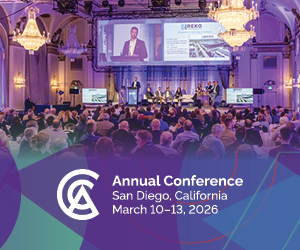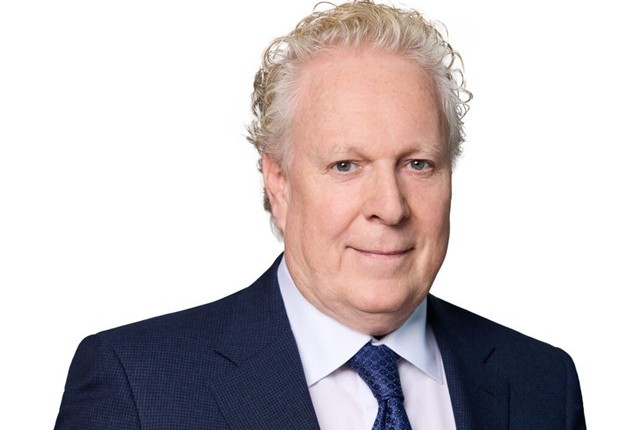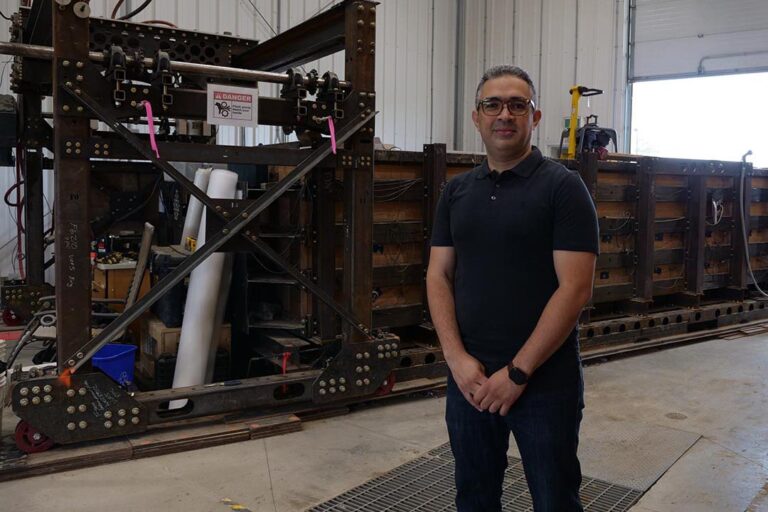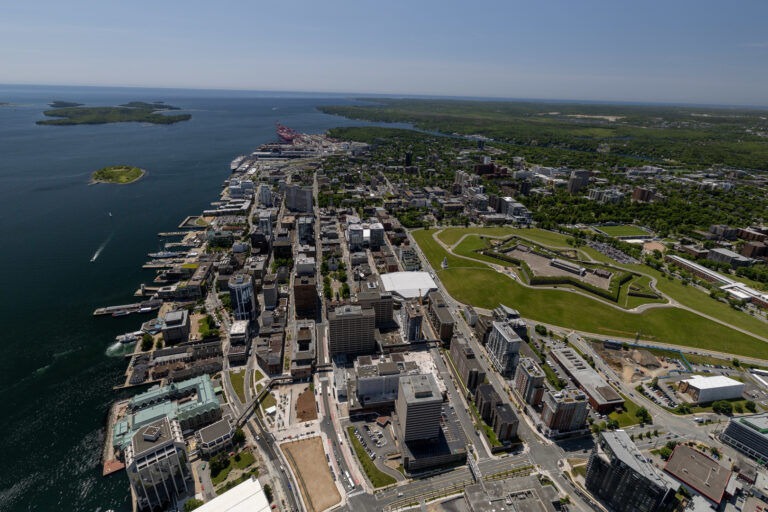If we are to meet our global emissions targets, cities must play a vital role in reducing emissions and creating energy efficiency.
“If the solution doesn’t come from cities, where does it come from?” said Christoph Frei, secretary general of the World Energy Council (WEC), who was in Toronto attending the International Forum of the Americas’ Toronto Global Forum.
Frei joined a panel discussion that included Toronto Hydro CEO Anthony Haines, IESO president and CEO Peter Gregg, and Energy Council of Canada president Graham Campbell for a discussion on forecasting our energy future.
Frei discussed three plausible scenarios for energy use globally as identified by WEC: jazz, symphony, and hard rock. Jazz represents a rhythmic energy provision, one where the cheap, renewable solution is the one able to be adopted globally. Symphony involves a ‘director’, one that is charged with discovering and implementing the best energy solution for a given state, province, or country. Hard rock reflects an inward solution, a fragmented approach that will be more expensive since its lack collaboration with national and global experts, and is also dirtier and less stable because of its isolation.
Moving towards the most ideal scenario, where cheap, renewable energy and strong conservation and efficiency measures will, in part, only be plausible if cities help create solutions. In his presentation, Haines spoke to some of the measures already taken by the City of Toronto. He mentioned that around 200 new condominiums has been added to the city in recent years without adding a single megawatt of energy use to the grid. That has been the result of smart energy solutions within the city, along with conservation measures and changes to the community’s building requirements at the municipal level.
But as much as those solutions, ones that are needed in all cities around the globe, are incredibly beneficial for emissions reductions, there are other challenges urban centers will need to solve in order to help meet global climate targets: congestion, pollution and land availability for the transport sector for starters. The electrification of vehicles, and having urban centers that build the necessary infrastructure for this sector, will be key according to Frei. He also suggested that energy storage solutions, ones that can capitalize on capturing energy offsets from current production use in residential and commercial buildings, will be an important factor as well.
Colin Andersen, chair of the Energy Council of Canada added that better power management is needed to help meet our energy targets, but digitalization has brought forward smart energy management solutions. An increase in use of such systems across the building sector in Canada would further reduce energy use and emissions.
With the work that has been done in cities like Toronto, and the drive towards net zero and net positive construction, urban areas have the opportunity to build the physical and digital infrastructure to help Canada move towards its emissions targets.











